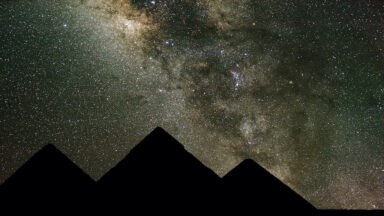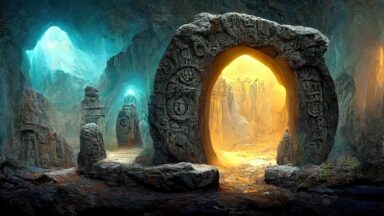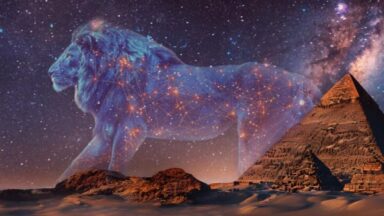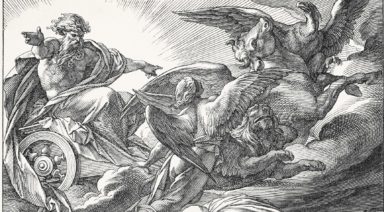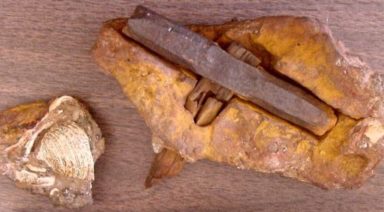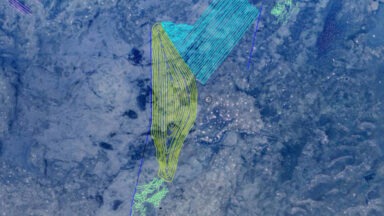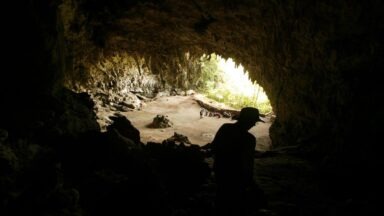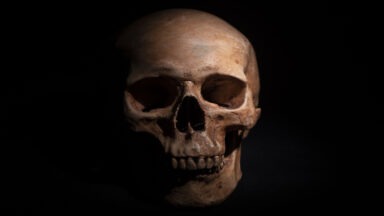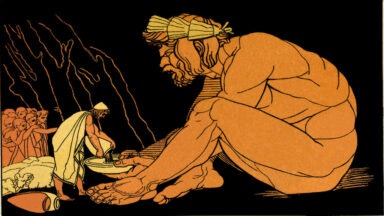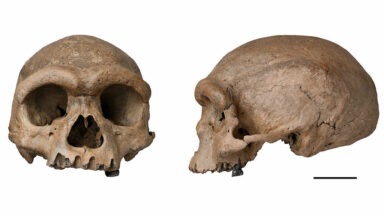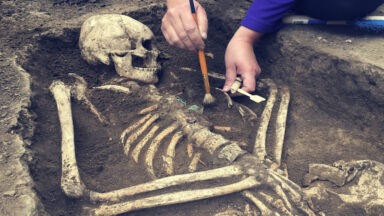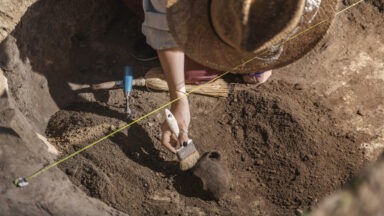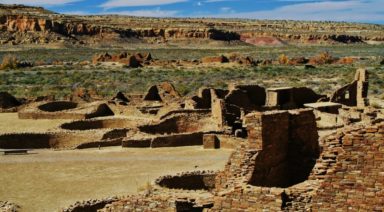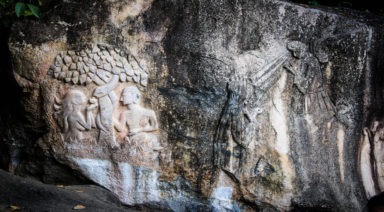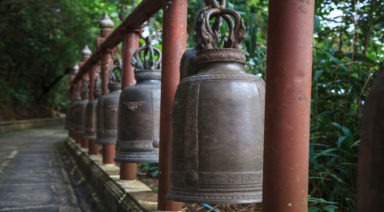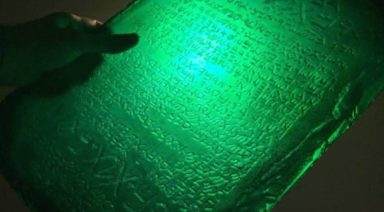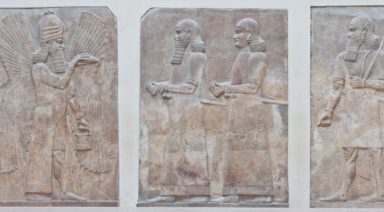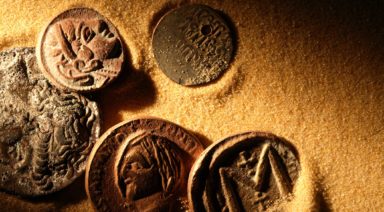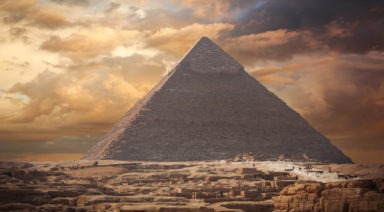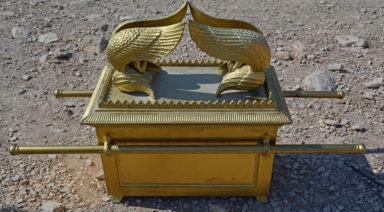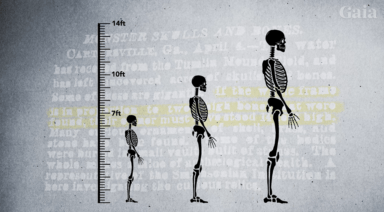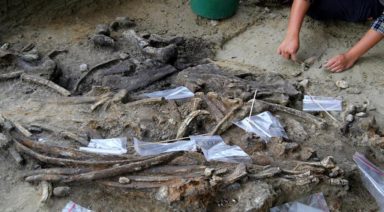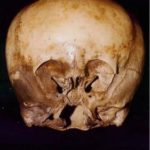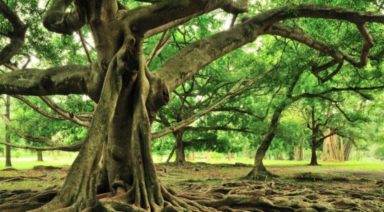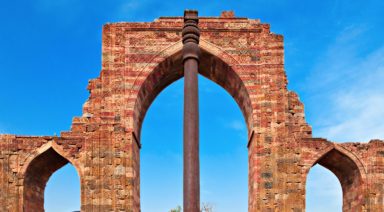Puerta de Hayu Marca: The Gate of the Gods
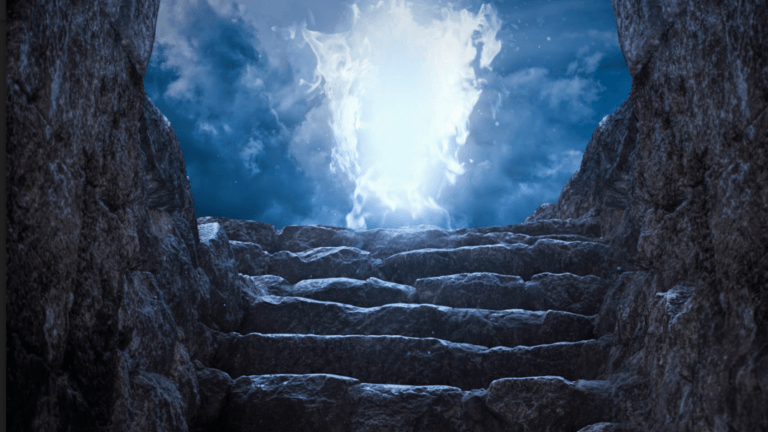
In the mountains of Peru stands a gateway shrouded in mystery and attributed with capabilities of mythic proportions. Many ancient sites on Earth are believed to hold special powers and emit unique frequencies of energy, lights, or sounds that otherwise seem impossible. Others hold stories of people, cities, and even entire ships vanishing without leaving a trace.
Stonehenge, the Bermuda Triangle, the Gate of the Sun in Tiwanaku, Bolivia, and many others have caused even scientists to scratch their heads. Could these regions actually be portals to other dimensions, doorways know as stargates, through which humans, as well as gods, pass to and from this world to the next?
The City of the Gods
The City of the Gods, high in the mountains of Peru, is home to one of these suspected stargates. Due to rocky mountain terrain and protection from the Peruvian government as an ancient archeological site, it has gone vastly unexplored. Researchers still aren’t certain whether or not this area actually contained a settlement, but the rock formations bear an interesting resemblance to dwellings and structures.
The Gate of the Gods was discovered in 1996 by Jose Luis Delgado Mamani, a local tour guide who came upon the place as he hiked through the local foothills to familiarize himself with the area. As he approached the massive gateway, nestled into the rock formation, he was overcome with recognition — he had seen this very gateway before in his dreams. For years, a pink marble gateway with a smaller inset door from which emanated a mysterious blue light had presented itself to him while he slept, and the moment of discovery overwhelmed him almost to the point of fainting. Could this be just a fantastic coincidence?
The Legend of the Gate of the Gods
The native peoples of Lake Titicaca, Panu, and the rest of the surrounding region had long retold a myth about a mysterious doorway that led to the “lands of the Gods.” Heroes in ancient times were witnessed entering into the beyond through this door to join their deities, once their time on this Earth had come to an end.
The legend also mentioned these same great men re-entering through the same gate with their gods beside them, to check in on the lives of those they’d left behind. It also told of a prophecy: someday in the future, the gate would open “much bigger than it actually is,” and allow the gods to return to their sun ships.
All of this and more raced through Mamani’s mind as he beheld this magnificent structure outside of his dreams for the first time. This Gateway was carved from the rock face, standing 7 meters high by 7 meters wide, with a smaller door inset at the base. In the center of the smaller door was a circular depression, and it was soon discovered that this alluded to yet another myth involving an ancient Incan priest fleeing for his life from Spanish conquistadors:
The priest of Temple of the Seven Rays snatched up a precious golden disk known as “the key of the gods of the seven rays” when the pillaging pirates arrived to plunder everything for themselves and fled into the mountains of Hayu Marca.
He came across the Gateway of the Gods, which was being watchfully guarded by shaman priests. Whether in desperation for the fleeing priest’s life, or for protection for his people against the marauders, the shaman noticed the golden disk proved to fit perfectly into the molded depression within the smaller door. They gazed in awe as the portal opened. Pale blue light bathed the reddened rocks as it yawned wide. Lest the golden key be lost, the Incan priest, Amaru Ramu, relinquished it and stepped through the gateway, never to be seen again.
Once he recognized the portal from his dreams, Mamani immediately contacted archeological experts in the surrounding villages of La Paz, Puno, and Lima, and within hours the site was crawling with Inca historians and scientists, who were familiar with the legends swirling about the area.
Despite allegations of the gateway being a portal to other worlds, whether leading to numerous tunnels harbored inside the mountain or capable of transporting humans and other beings into other dimensions, the scientists remained skeptical. The gate appeared to be carved as one structure from the rock with no gap that would indicate it as a door being visible. According to some of the research party, by placing their hands on the door, they could feel subtle energy pulsing from the inside. Some heard strange rhythmic music. Others claimed they saw visions of columns of fire and things beyond this world.
What struck the scientists most was that the massive doorway bore a striking resemblance to another structure attributed to stargate capabilities. The Gate of the Sun, in Tiwanaku, Bolivia, as well as five other archeological points, all connected in a grid-like pattern whose lines intersected exactly where the plateau and Lake Titicaca happened to be. Locals also claim to have witnessed significant UFO activity, such as twinkling blue lights and white glowing discs. Signs of ancient advanced technology in Peru, or something even more out of the ordinary?
The majority of these sites remain vastly unexplained by modern science, and perhaps that’s a large part of their allure. Whether alien portals to alternate universes, passages through which gods can reappear and humans can disappear, or simply an ancient structure designed for rituals and worship, these strange formations continue to intrigue us, thousands of years later.
Want more like this article?
Don’t miss Ancient Civilizations on Gaia to journey through humanity’s suppressed origins, and examine the secret code left behind by our ancestors.
An Ancient Psychedelic Brew & Metal Found in an Elongated Skull

Did ancient Peruvian leaders use hallucinogens to keep their followers in line? And do an ancient elongated skull show evidence of an advanced metal surgical implant or is it just a hoax?
Archaeologists studying the Wari people in the southern Peruvian town of Quilcapampa have found hallucinogenic “vilca” seeds in a recent dig. Writing in the journal Antiquity, the researchers point out they found 16 vilca seeds in an ancient alcoholic drink called “Chicha de Molle,” in an area believed to be used for feasting.
The Wari people lived in this area from about 500 to 1,000 A.D. Their reverence for the psychotropic vilca seed has been found in images at other Wari sites, this is the first find of the actual seeds. What is particularly interesting to the archaeologists is the role of ancient hallucinogens and their influence on social interactions.
The vilca seeds would have come from tropical woodlands on the eastern side of the Andes, a complex trade network would have to be in place to even get them. And adding the vilca seeds with the alcoholic drink would increase the intensity of a psychedelic trip.
That trip would be seen as a journey to the spirit world, and Wari leaderships’ control over the substance led to control over their followers who wanted it. Researchers argue in their paper, “[T]he vilca-infused brew brought people together in a shared psychotropic experience while ensuring the privileged position of Wari leaders within the social hierarchy as the providers of the hallucinogen.”
Work continues at the dig site at Quilcapampa, and researchers plan to test where the ancient vilca seeds came from – so they can figure out the rest of the ancient trade routes.



